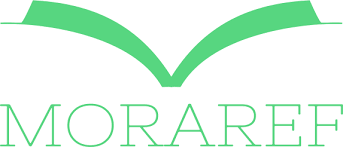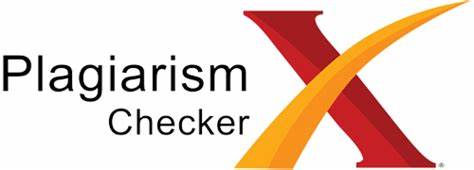Peer and Self-assessment for Learners in Higher Level of Education
Abstract
Abstract
There has been increasing interest in the use of peer and self-assessment for learners in universities. Such interest is mostly due to the awareness of the significant importance of the two kind of assessments toward students’ learning outcomes. Educators suggest that peer and self-assessment could encourage learners to be more responsible and reflective. This paper will investigate the definition of peer and self-assessment, evidences that could justify the effectiveness of peer and self-assessment, and some numbers of principles of effective practice in the use of peer and self-assessment.
Keywords
Full Text:
PDFReferences
References
Astin, A.W. (1991). Assessment for excellence. USA: The Oryx Press
Boud, D. (1981). Developing students’ autonomy in learning. New York: Nichols Publishing Company
Brown, S& Knight,P. (1994). Assessing learners in higher education. London: Kogan Page Limited
Dochy, F., Segers, M.,& Sluijmans, D. (1999). The use of self-, peer and co-assessment in higher education: A review. Studies in higher education. 24, 3: 331-347
Falchikov, N. (2007). The place of peers in learning and assessment . In D.Boud & N.Falchikov (Eds).Rethinking assessment in higher education : learning for longer term. (pp.128-143). London & New York: Routledge
Hall, C. (2009: Draft). Planning for assessment for programmes and courses: A guide for tertiary level educators. Victoria University of Wellington, School of Educational psychology and Pedagogy.
Hinett, K. (2002). Developing reflective practice in legal education. Retrieved December 20, 2017 from http://www.ukcle.ac.uk/resources/tlr/reflection/drp.pdf
Johnson, D., Johnson, R., & Holubec, E. (1994). Cooperative learning in the classroom. USA: ASCD
Judith, A. (2009). Portfolio for assessment and instruction. Retrieved December 10, 2017 from http://www.ericdigests.org/1996-3/portfolios.htm
Knight, P.T & Yorke, M. (2003). Assessment, learning and employability. Maidenhead, England: Society for research into Higher Education & Open University Press (Chapter 5: Diversifying Assessment Methods).
McLoughlin,C& Luca, J. (2004). An investigation of the motivational aspects of peer and self-assessment tasks to enhance teamwork outcomes. Retrieved November 26, 2017 from http://www.ascilite.org.au/conferences/perth04/procs/pdf/mcloughlin.pdf
McPherson, K. (1999). The development of critical thinking skills in undergraduate supervisory management units: efficacy of students peer assessment. Assessment and evaluation in higher education. 24, 3:273-278
Orsmond, P & Merry, S. (1997). A study in self-assessment: Tutor and students’ perceptions of performance criteria. Assessment and evaluation in higher education, 22 (4),357-370
Orsmond,P.,Merry, S.,& Reiling, K. (2000). The use of students derived marking criteria in peer and self-assessment. Assessment and evaluation in higher education.25, 1:23-36
Smith, B& Brown, S. (1995). Research teaching and learning in higher education. London: Kogan Page Limited
Spiller, D. (2009). Assessment matters: Self-assessment and peer assessment. Retrieved November 26, 2017 from http://www.waikato.ac.nz/tdu/pdf/booklets/8_SelfPeerAssessment.pdf
Yorke, M. (2008). Grading students achievement in higher education: Signals and shortcomings. London & New York: Routledge (Chapter 1: The complexity of assessment).
DOI: http://dx.doi.org/10.33603/perspective.v6i1.1085
Refbacks
- There are currently no refbacks.
License URL: http://jurnal.unswagati.ac.id/index.php/Perspective

.png)








